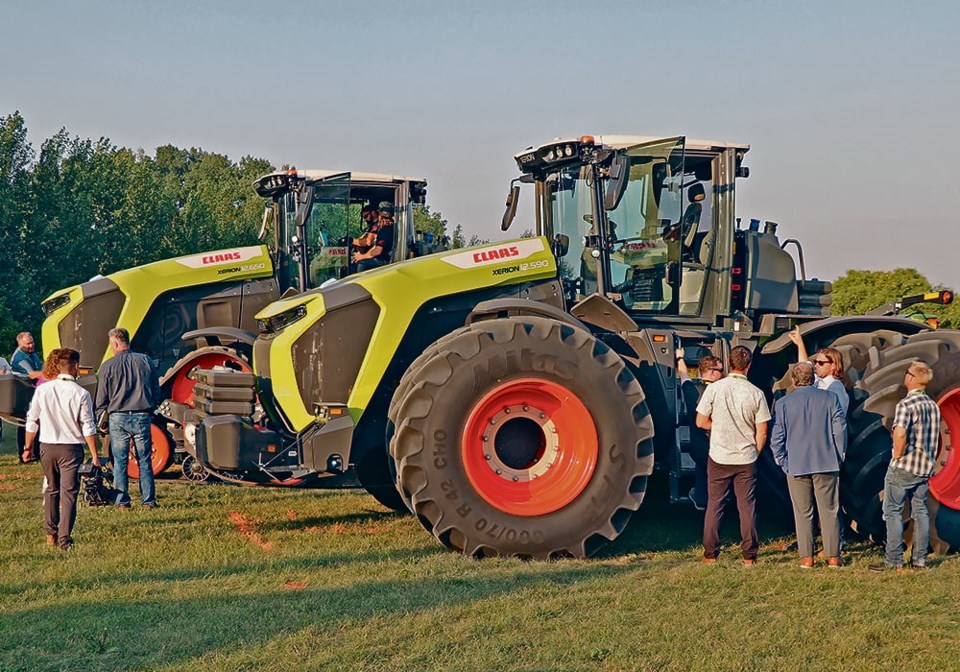WESTERN PRODUCER — Farming wasn’t always a capital-intensive business, at least not like it is today.
With cheap land and simple machinery and structures, managing a farm was mostly about growing the crop and raising the livestock.
Today’s farm economics are far different, with high-priced land, costly machinery and pricey management systems and service providers consuming a much more significant share of production costs than in the past.
Statistics Canada numbers show that Canadian farmers’ total debt in 2015 stood at about $86 billion, but had risen to $139 billion by the end of 2022.
Nothing dramatic had happened between those years, but a steady, yearly increase in both debts and asset values created a trend that has formed the new farming reality: running a farm requires an iron gut for taking on financial risks but holds out the potential for enormous gains in wealth if the farm is run well and experiences good fortune.
For instance, StatCan shows that Saskatchewan’s “Total Value of Farm Capital” was $109 billion in 2018, but had risen to $145 billion by 2022.
Have farmers increased their attention to financial and risk management as much as finance has grown as a factor on their farms?
For most, I doubt it. Farmers, after generations of brutal competitive pressure, have evolved to become expert crop and livestock producers, excellent land managers and competent farm operators. Almost any farmer, whether experiencing good fortune or not, that wasn’t good in all those areas has been ground down and chucked out of the industry.
Finances were always part of farming, obviously, but the management didn’t have to be that challenging. (Well, outside of government safety net applications.)
Any farm kid who was good at accounting and had an abiding interest in finance probably went off to university and got a commerce degree and a job in town or the city. Kids wanting to manage a multi-million dollar manufacturing business likely didn’t stick around the farm in the hopes of using those talents at home.
People wanting to become human resources professionals probably haven’t looked at the farm as their likely place of future occupation.
But farms have now arrived at that level of complexity and formalization that they require farmers to be competent in these areas.
Looking at the StatCan stats, nothing seems alarming. Farmer assets have soared as debt levels have surged, so on a debt-to-assets basis, not much looks different to 10 years ago, at the end of the commodity boom. That’s remarkable, because after the 1970s commodity boom, which ended in the early 1980s, a farm income crisis saw tens of thousands of farmers driven involuntarily from the business. The years after the 2006-14 crops boom didn’t bring the same chaos, which is testament to how much better farm management and farm support systems have become.
Still, farmers’ debt exposure is trending higher at a much greater long-term rate than commodity prices or inflation, so things aren’t all just the same as they were a decade ago.
Debts covered by profitable assets aren’t a worry. The profitability of crops is far from assured, but land values seem not only extremely sticky, meaning they rarely fall even in bad times, but likely will continue to rise as investors pile into what appears to be a solid and safe investment.
However, farmers can’t be blind to the risks they face if something somewhere in the equation changes. It requires much more financial investment and greater risk to create crop profits today than ever before.
Farmers are juggling more debt than ever, and as one generation ages and hopes to find a younger generation to buy them out, debt management issues are going to become more central than ever.
Are farmers prepared for that?
Bookmark SASKTODAY.ca, Saskatchewan's home page, at this link.




